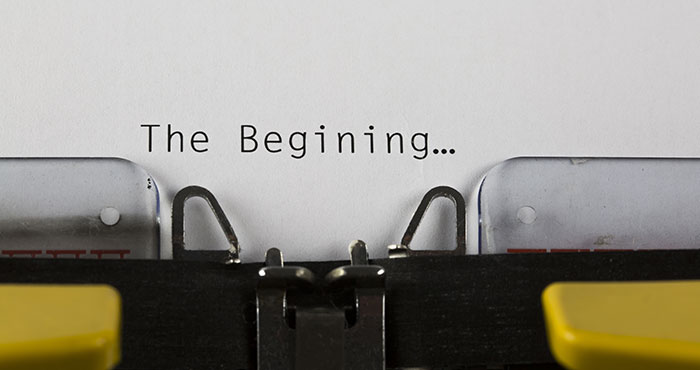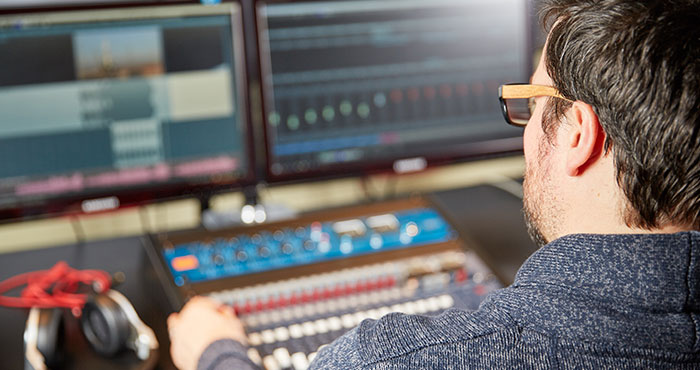

A video production project of any kind can be an exciting and rewarding journey. However, without the necessary preparation and research, it can also turn into a costly and fruitless exercise.
Not to mention ending up with a video presentation that doesn’t quite hit the mark.
This certainly holds true for a health and safety induction video. The content needs to be relevant, accurate and importantly, engaging.
When you think about it, the health and safety induction accounts for a fair proportion of the all-important “first impressions” of new workers.
So the aim is to produce a video that will tick those boxes. Also, with a bit of creative thinking, the process doesn’t necessarily have to be as expensive as one might imagine. So it’s a good idea to familiarise yourself with the production process.
Here are 6 tips I’d like to share which will hopefully help with your next induction video production.
01. The most important part – the script
No matter how you decide to produce your video, THE MOST important component will be the script. You could get this professionally produced or you could give it a go yourself.

If you decide on the latter, I suggest you write down all the topics you might want to cover in the script. Then devote some time to think about each topic at a time and what you would like to communicate about that topic.
Common safety topics most workplaces would cover in their induction would include Duty of Care, Code of Conduct, Hazard Identification, Manual Handling, PPE, Slips Trips and Falls, just to name a few. Here’s a link to an off-the-shelf induction package <!–Here’s a link to an off-the-shelf induction package–> which may give you a few ideas.
However, your workplace may also have specific areas or issues that need to be addressed, as well as information in your company’s policies and procedures.
02. Make your spoken word engaging
A couple of handy tips for writing a script is to concentrate on the things you would like to communicate verbally and not worry too much about the visual content at this stage.
Think about the phrase … “Less is more”. People’s concentration span has reduced enormously with the advent of the Internet.
In the 1990s the aim was for 12 to 16-min training videos but today, it’s more like 3 to 6 minutes. So build your induction video in modules so that different modules can be watched at different times of the day.
Also keep the sentences brief. Longer sentences are harder to voice and therefore are less engaging to your target audience.
03. Script is written, now check the flow
Once you have completed your script, record a voice over on your telephone. Don’t worry too much about quality of voice, just focus on getting the words right. Play it back to yourself… does it flow?
Maybe read it to a colleague. Ask for feedback of what sounds good, what doesn’t. Don’t be precious, welcome good honest and objective feedback.
One idea is to avoid all the above!
One of the beauties of safety is that we all have a similar same set of rules that must be adhered to. The message hardly varies workplace to workplace.
One option preferred by many organisations is to handpick, already produced, off-the-shelf training video content. Depending on the producer and licensing terms, you could utilise the spoken portion and simply replace the generic footage with your own.
04. Thinking visuals now – The Shortlist
Once you are satisfied that the spoken word will be clear, succinct and engaging; your next task is to take each sentence and come up with an appropriate image to represent the spoken word.
We usually split an A4 page into two columns with the left-hand column headed “We Hear” and the right-hand column headed “We See”
This helps you focus on visuals for each sentence; one at a time. For more information on the shot list, here’s a post we wrote a little while back.
05. Get the shots, and you don’t necessarily need a film crew
You now have your list of shots that need to be captured for your video
This can be done by anywhere between using a professional film crew, down to grabbing your smartphone and capturing photos according to the shot list you have just generated.
I have produced a couple of induction videos in the past using this technique where the client has sent one of their staff out to capture a heap of photos and in post-production, we have moved through each photo to give the production movement and colour. Both clients were delighted with the relatively low cost but effective treatment as were we.

Now here’s a thought…
Perhaps the most engaging induction video we have produced in the past was for a cold storage company who had all their staff presenting the spoken word live to camera.
I would imagine this would work well even with the photo treatment where you could take a photo of each worker and get them to voice a certain part of the video. The visuals here could include a photo of them looking at the camera in their safety gear and then some snapshots of what they are talking about.
If you end up doing this, I would suggest you invest in a decent microphone to use with your smartphone and find a nice quiet office somewhere to record the voice over’s.
It’s a much cheaper option than a professional voice over and even though it will not be as polished as the professional VO, it’s great for new employees to see their future workmates, so involved and engaged in the safety message!
06. Post-production
There is a multitude of video editing software suites available on market depending on your level of expertise.

I am not too familiar about the various domestic editing suites to cut all the video, photos and voices together so I will not start to suggest any. I am sure however, a search online will bear fruit.
Perhaps some of you out there have already travelled that path and can suggest some easy to operate alternatives?
You are not alone.
If you do decide to go down this path, feel free to email me (peter@channel1.com.au) or call me for a chat before or during the process … I’d love to help!

